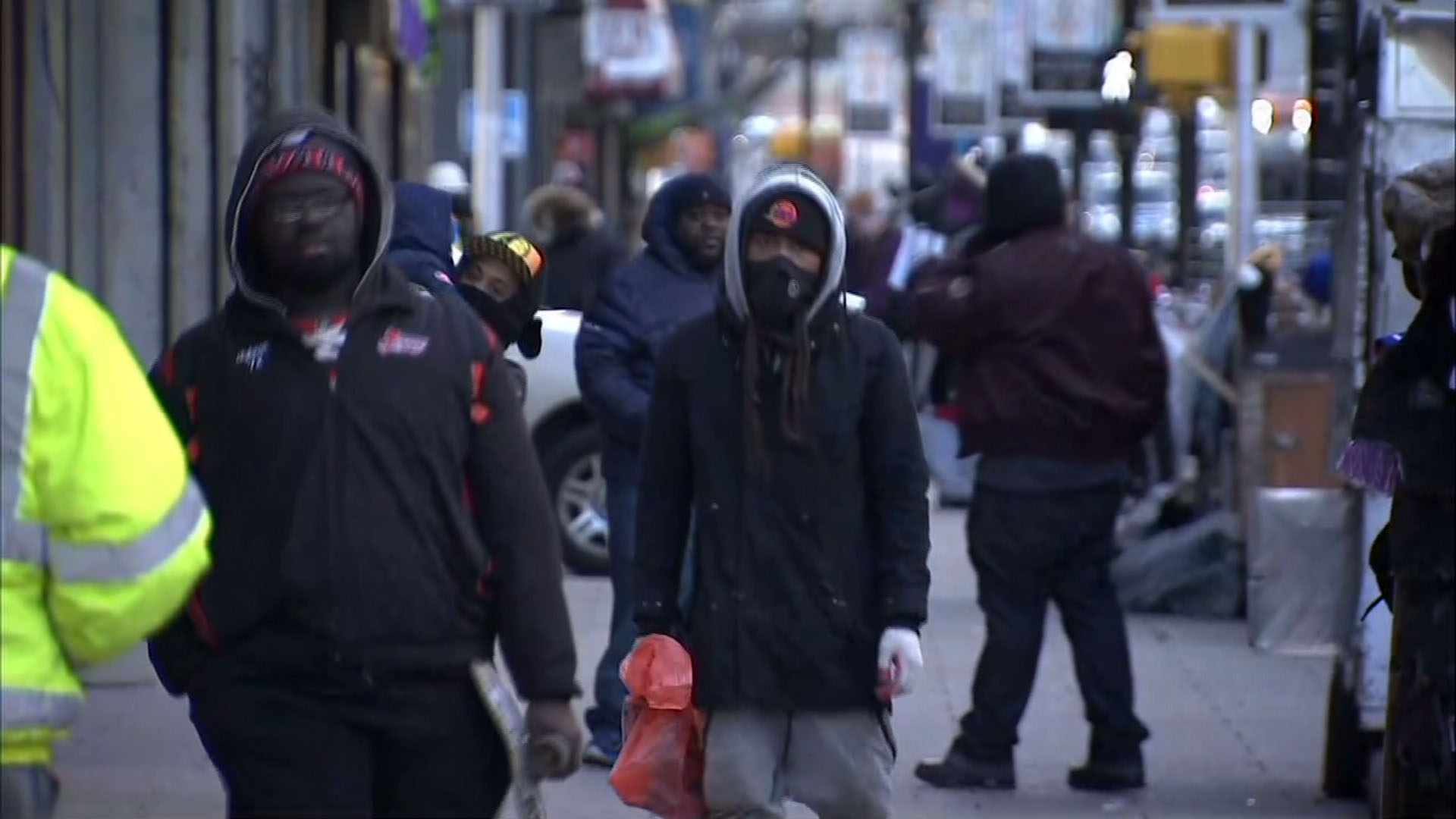A cold weather alert will remain in place until Wednesday as overnight temperatures plummet in parts of Southern California. Belen De Leon has the forecast for Monday Dec. 19, 2022.
A cold weather alert will remain in place until mid-week as overnight temperatures drop significantly in parts of Southern California before a warmup into the weekend.
The Los Angeles County Public Health Department issued the alert until Wednesday for Lancaster, and for Monday and Tuesday on Mount Wilson, and Tuesday for the Santa Clarita Valley.
Children, seniors and anyone with disabilities or special medical needs were urged to take extra precaution during the cold snap, Los Angeles County Health Officer Dr. Muntu Davis said in a statement. Residents were asked check on family members, friends and neighbors with limited mobility and limited access to heat.
Get top local stories in Southern California delivered to you every morning. Sign up for NBC LA's News Headlines newsletter.
Temperatures Monday morning dipped into the low 20s in Lancaster and upper 20s in Victorville. Parts of the San Fernando Valley started out in the mid and upper 30s.
A storm system will remain well to the north, leaving Southern California dry this week.

Temperatures will warm through the middle of the week, bringing highs near 70 in Los Angeles, inland Orange County and the SoCal coast for the first day of winter on Wednesday. Expect temperatures in the low 70s Thursday and Friday before even warmer readings this weekend.
"As we look ahead to that holiday weekend, it's going to be a warm one," said NBC4 forecaster Belen De Leon.
A high of 75 is in LA's Christmas Day forecast.
Forecasters are warning of potentially life-threatening cold for other parts of the country. An arctic air mass will bring well below normal temperatures and possibly record lows.
Air Quality Alerts
Air quality alerts were issued for parts of Orange, Los Angeles, San Bernardino and Riverside counties. A no-burn order issued Sunday was extended to Monday in an effort to limit levels of fine particulate air pollution in the region.
The No-Burn rule prohibits burning wood and manufactured fire logs. The rule does not apply to communities above 3,000 feet in elevation and households that rely on wood as the sole heat source, residences without nearby natural gas service, and low-income households.



